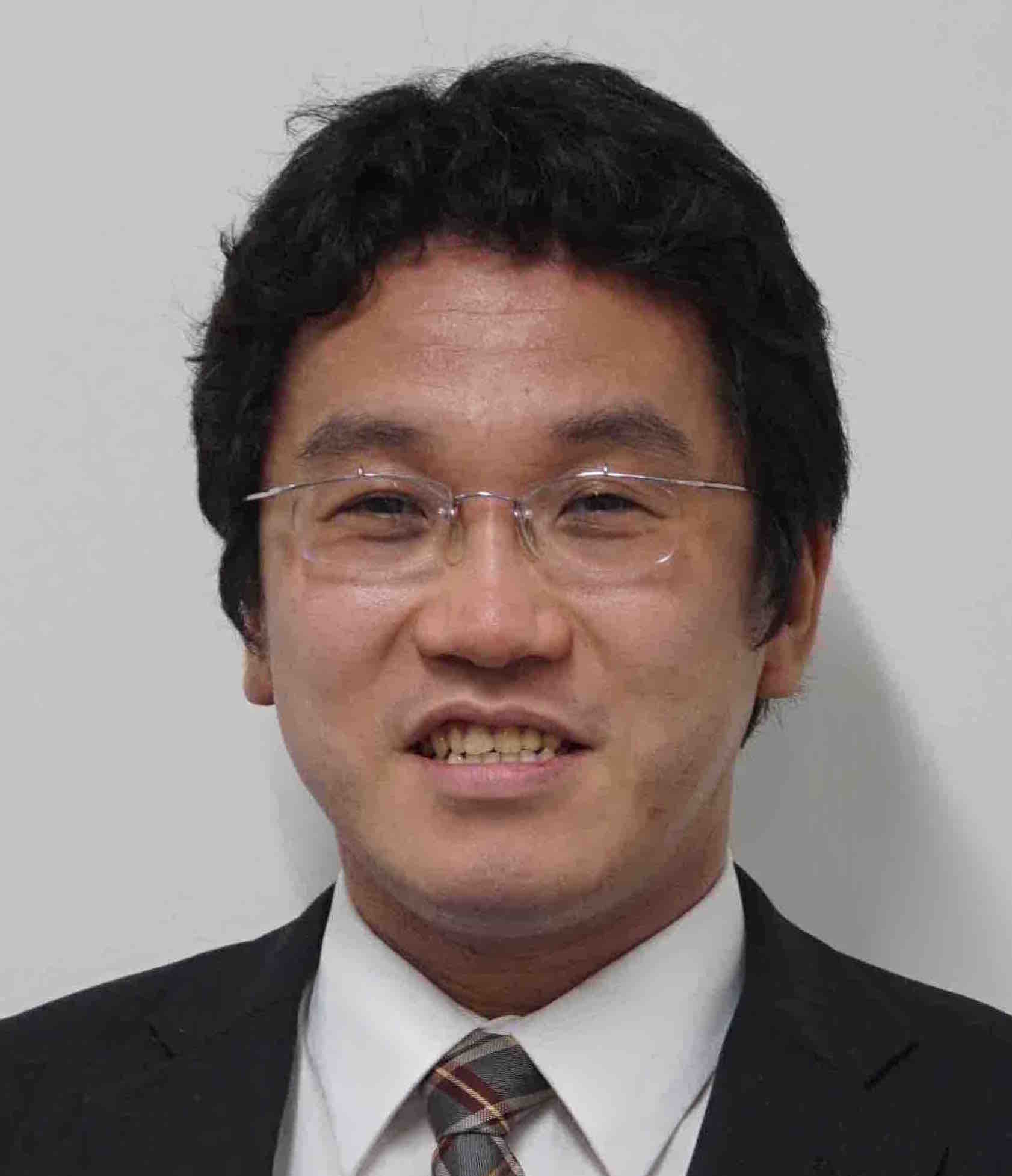Program Information
Development of Proton CT Imaging System Using Thick Scintillator and CCD Camera
S Tanaka1*, T Nishio2, K Matsushita3, M Tsuneda2, S Kabuki4, M Uesaka1, (1) The University of Tokyo, Tokyo, Japan, (2) Hiroshima University, Hiroshima, Japan, (3) Rikkyo University, Tokyo, Japan, (4) Tokai University, Isehara, Japan
Presentations
SU-C-207A-3 (Sunday, July 31, 2016) 1:00 PM - 1:55 PM Room: 207A
Purpose: In the treatment planning of proton therapy, Water Equivalent Length (WEL), which is the parameter for the calculation of dose and the range of proton, is derived by X-ray CT (xCT) image and xCT-WEL conversion. However, about a few percent error in the accuracy of proton range calculation through this conversion has been reported. The purpose of this study is to construct a proton CT (pCT) imaging system for an evaluation of the error.
Methods: The pCT imaging system was constructed with a thick scintillator and a cooled CCD camera, which acquires the two-dimensional image of integrated value of the scintillation light toward the beam direction. The pCT image is reconstructed by FBP method using a correction between the light intensity and residual range of proton beam. An experiment for the demonstration of this system was performed with 70-MeV proton beam provided by NIRS cyclotron. The pCT image of several objects reconstructed from the experimental data was evaluated quantitatively.
Results: Three-dimensional pCT images of several objects were reconstructed experimentally. A finestructure of approximately 1 mm was clearly observed. The position resolution of pCT image was almost the same as that of xCT image. And the error of proton CT pixel value was up to 4%. The deterioration of image quality was caused mainly by the effect of multiple Coulomb scattering.
Conclusion: We designed and constructed the pCT imaging system using a thick scintillator and a CCD camera. And the system was evaluated with the experiment by use of 70-MeV proton beam. Three-dimensional pCT images of several objects were acquired by the system.
Funding Support, Disclosures, and Conflict of Interest: This work was supported by JST SENTAN Grant Number 13A1101 and JSPS KAKENHI Grant Number 15H04912.
Contact Email:

